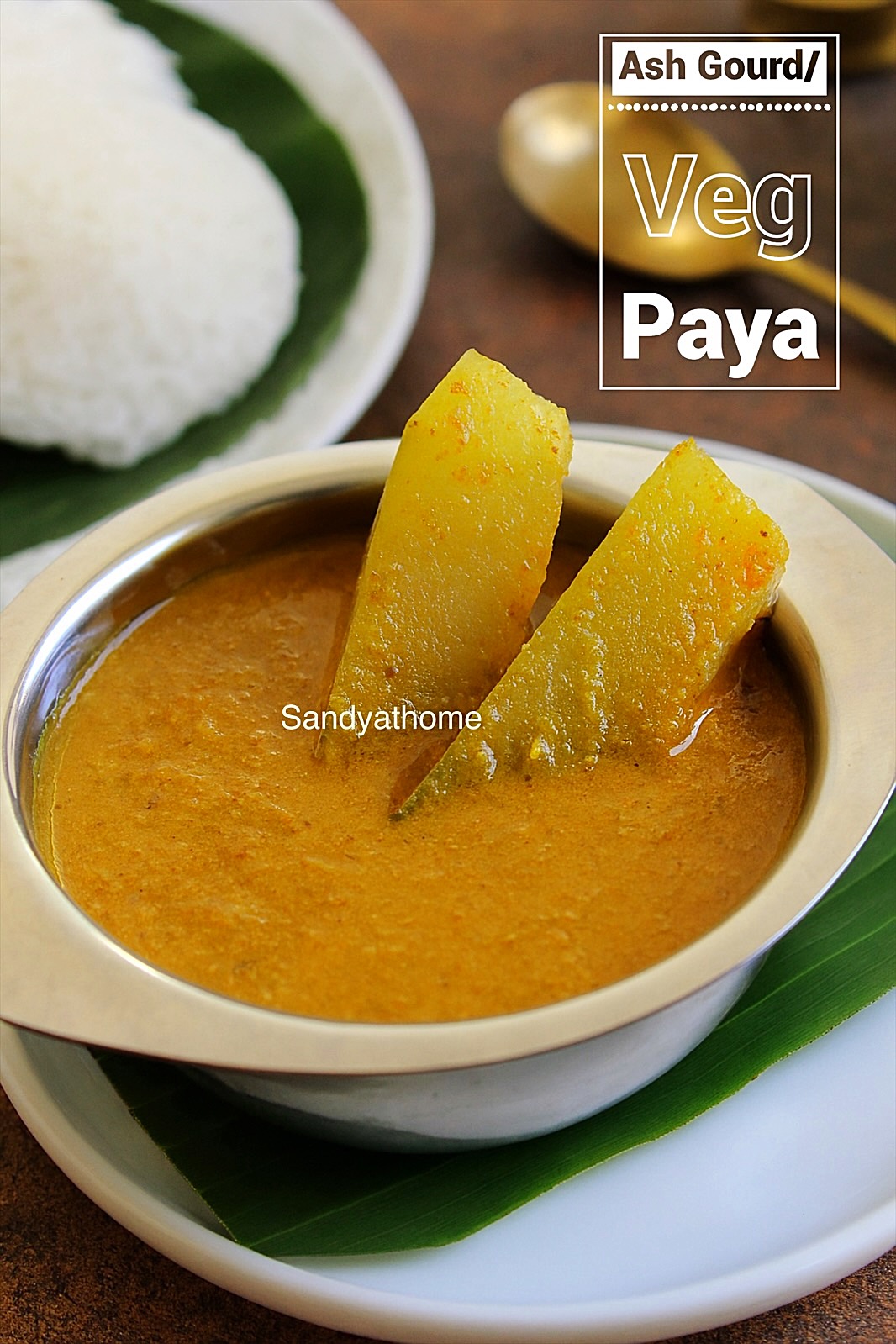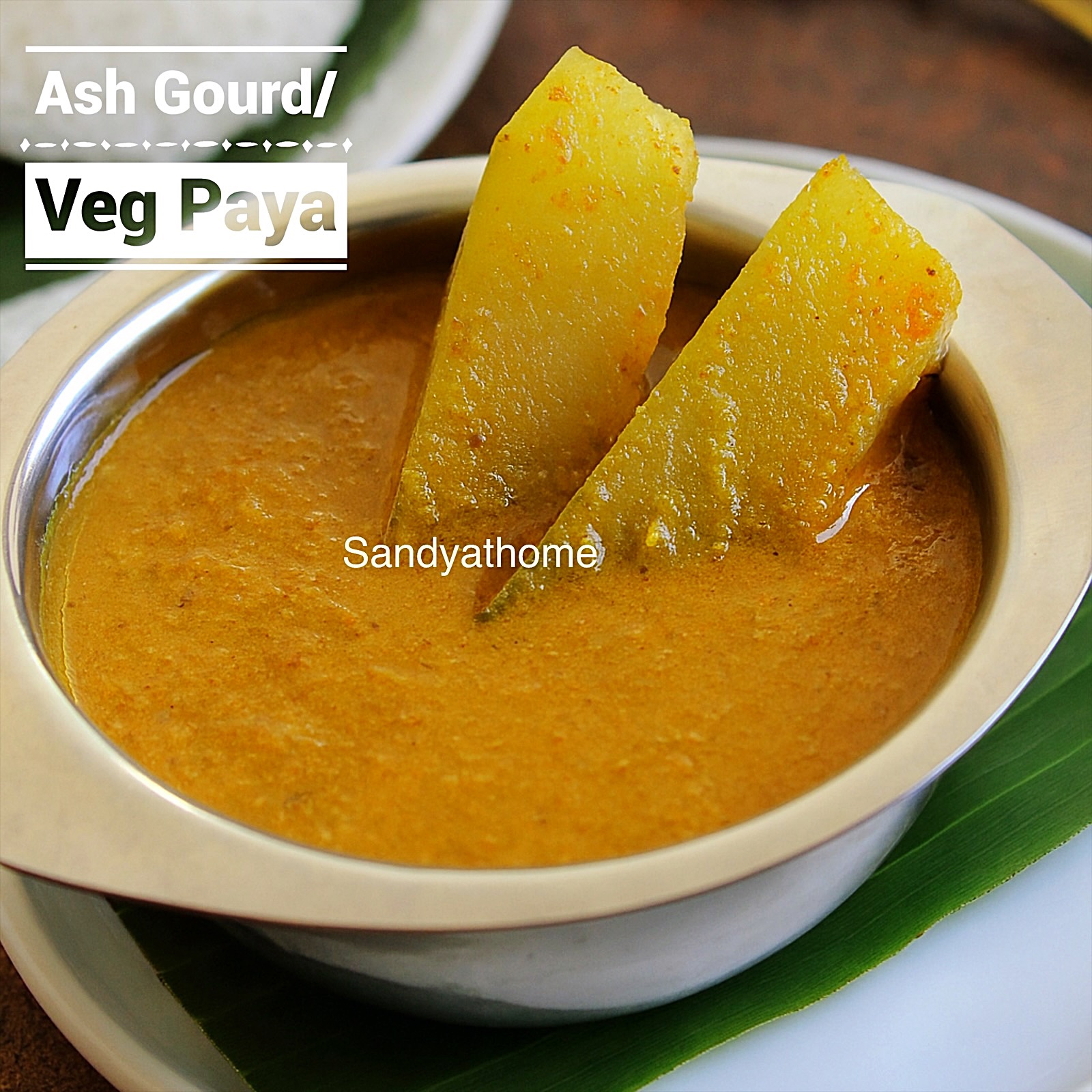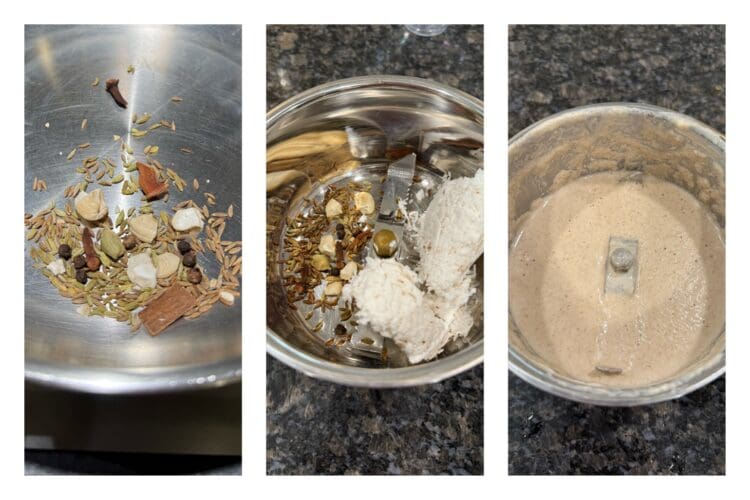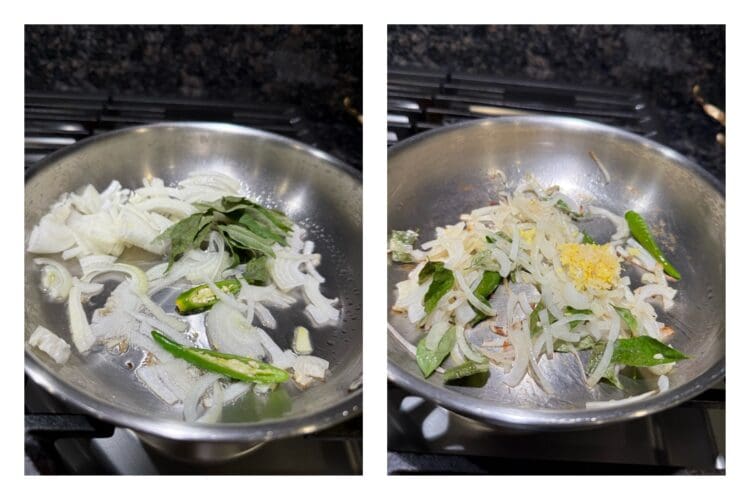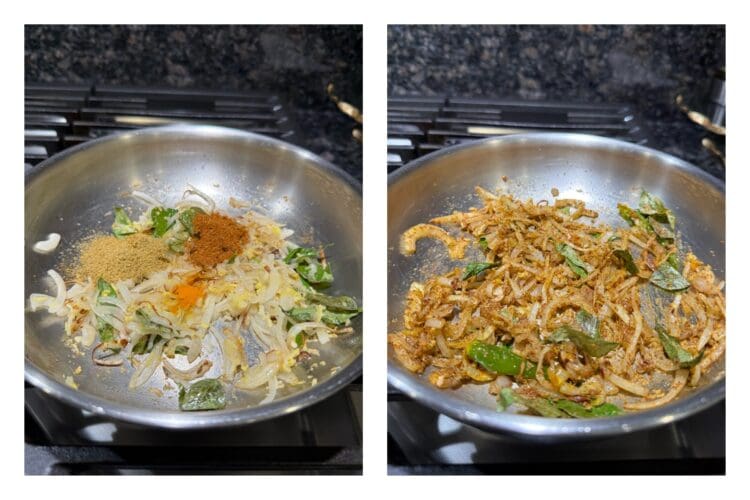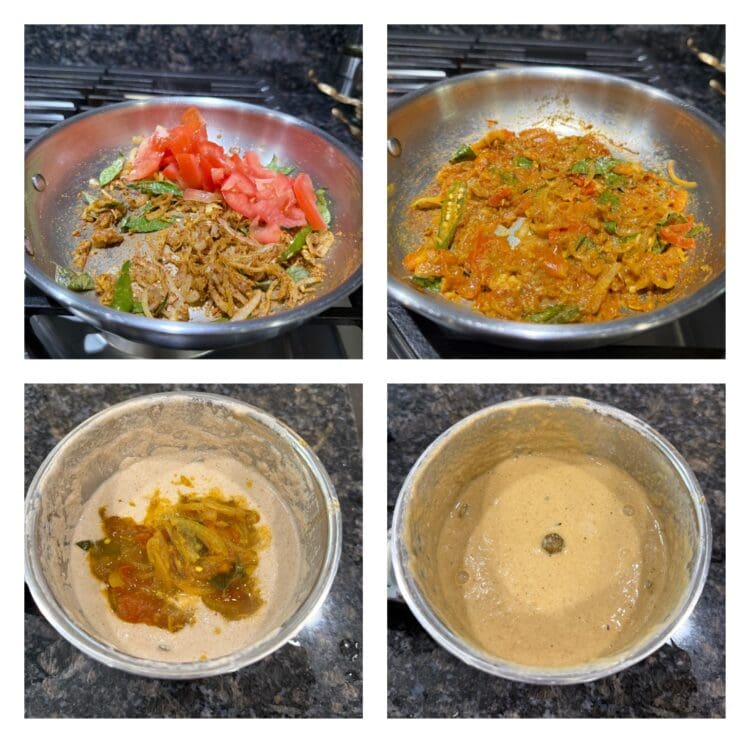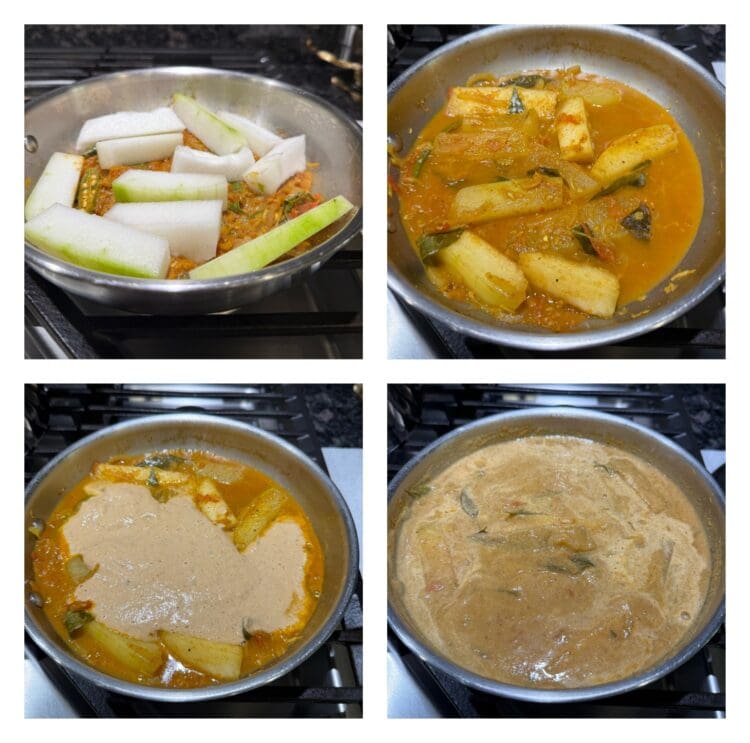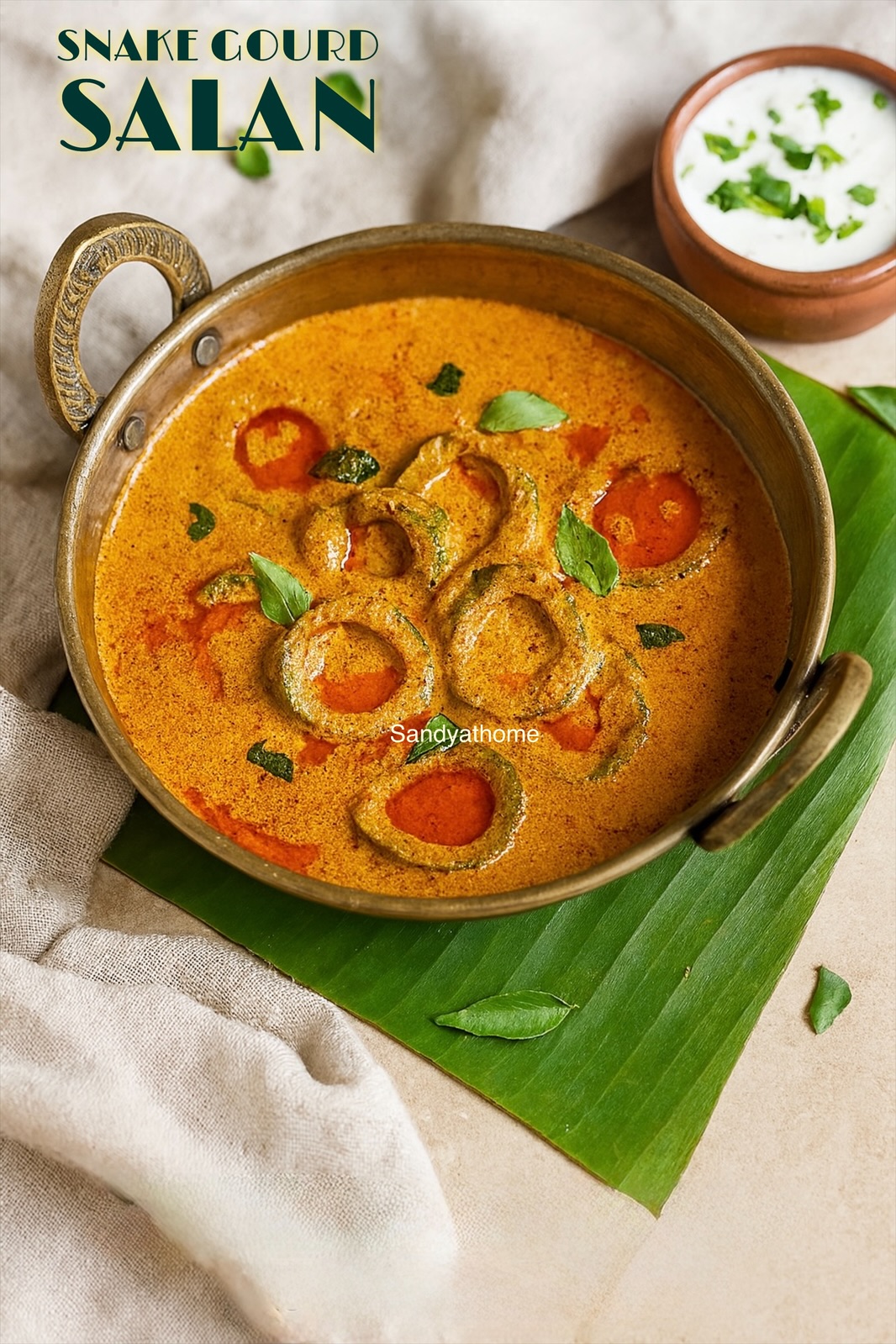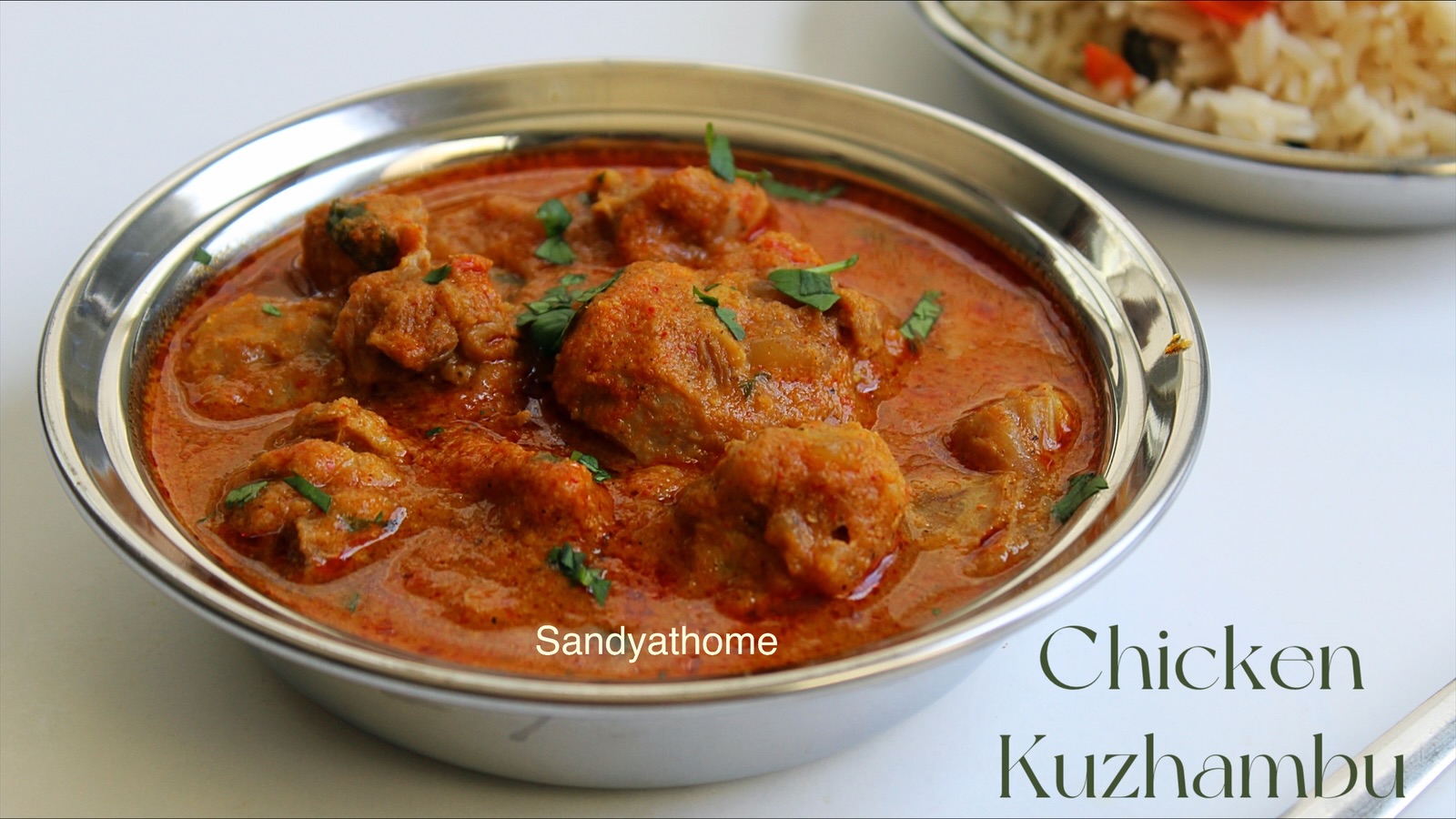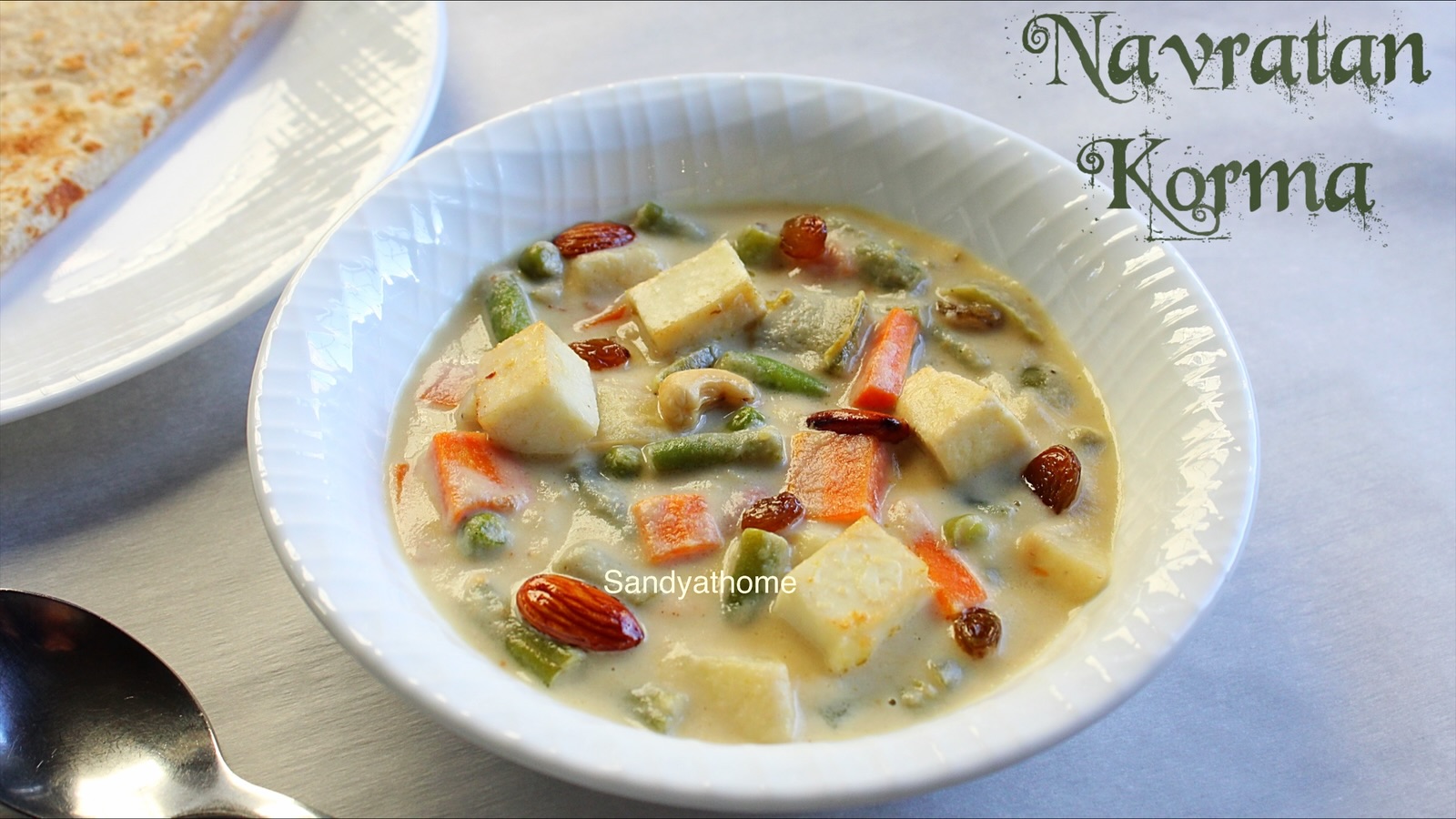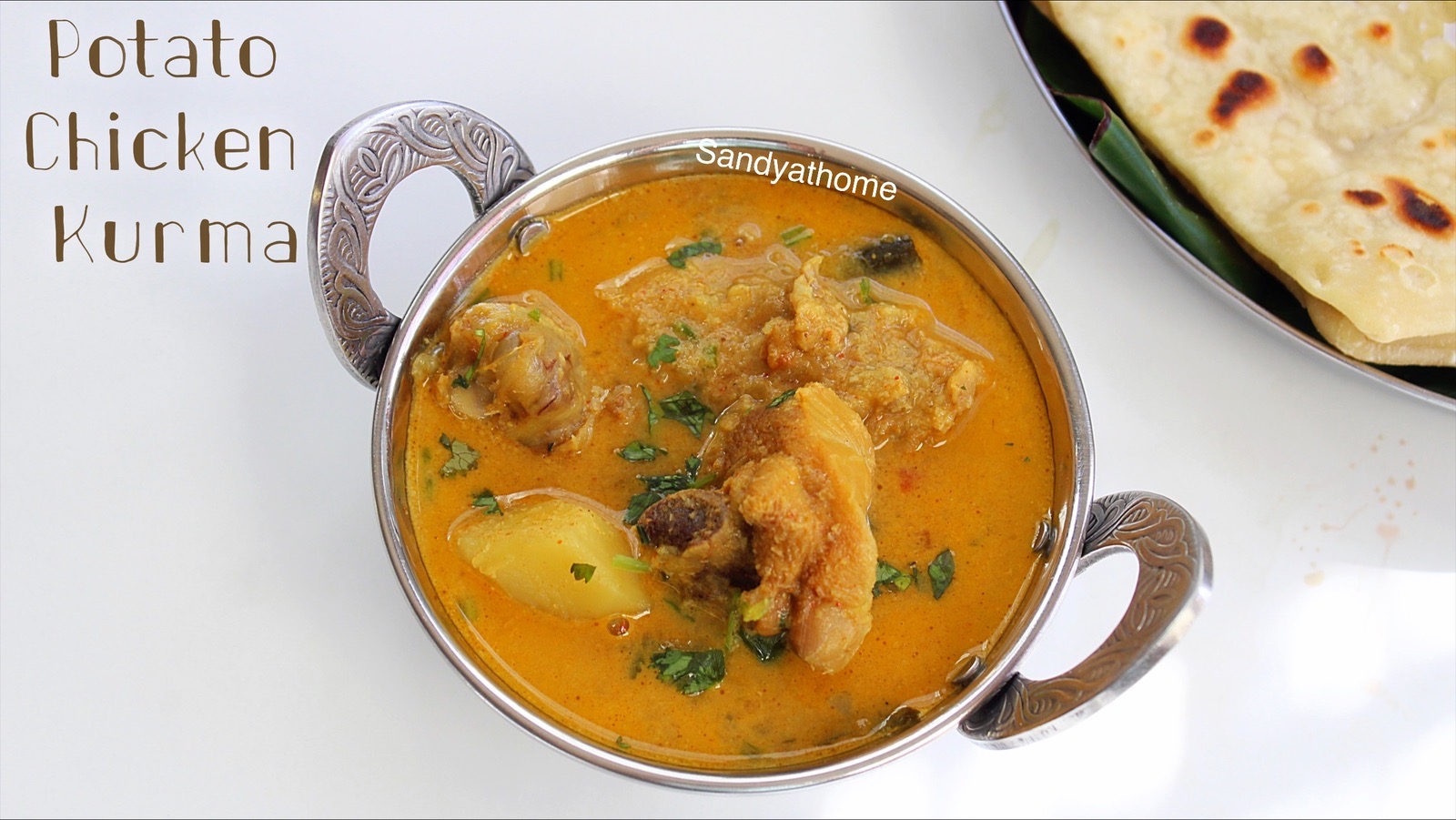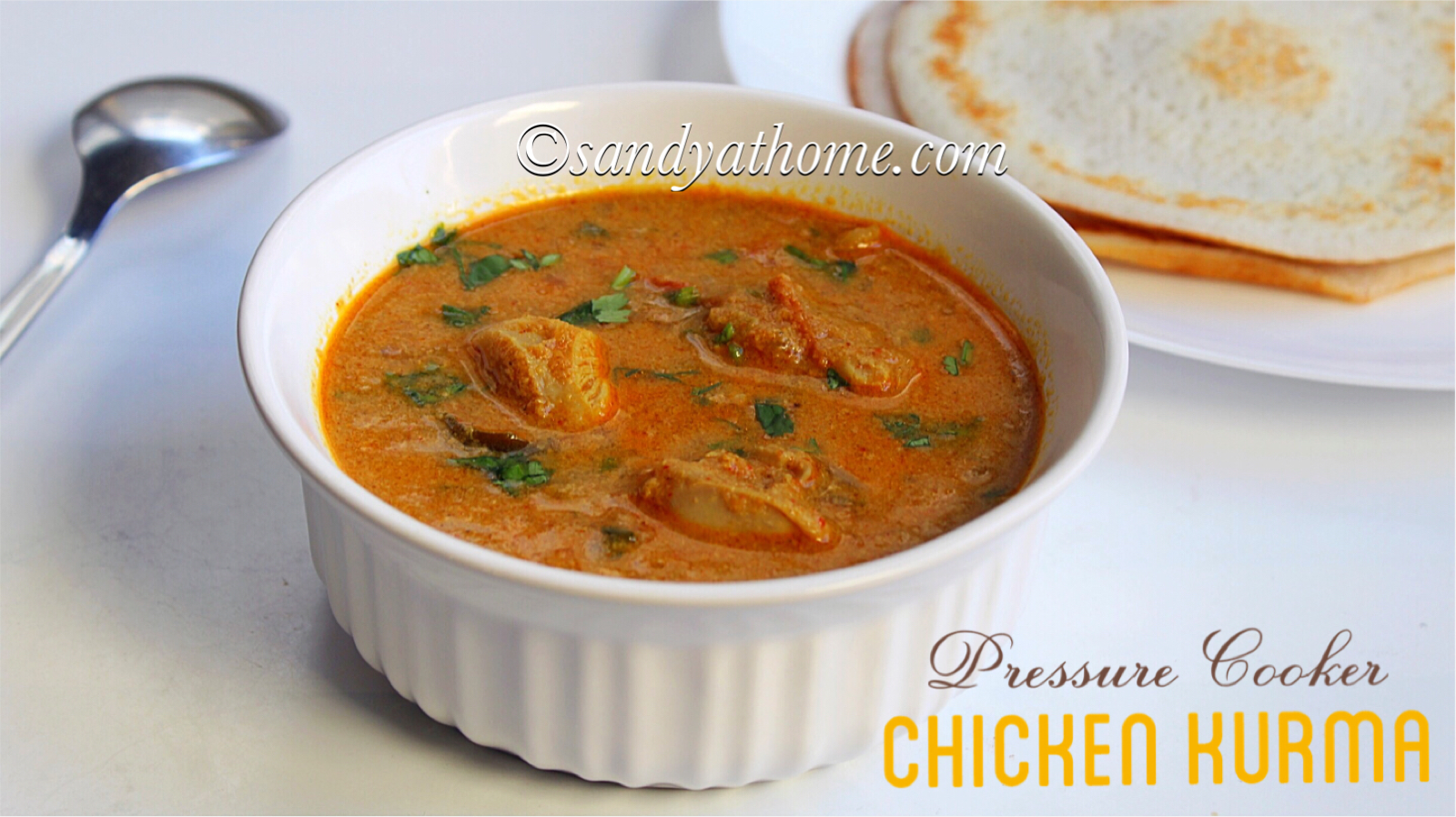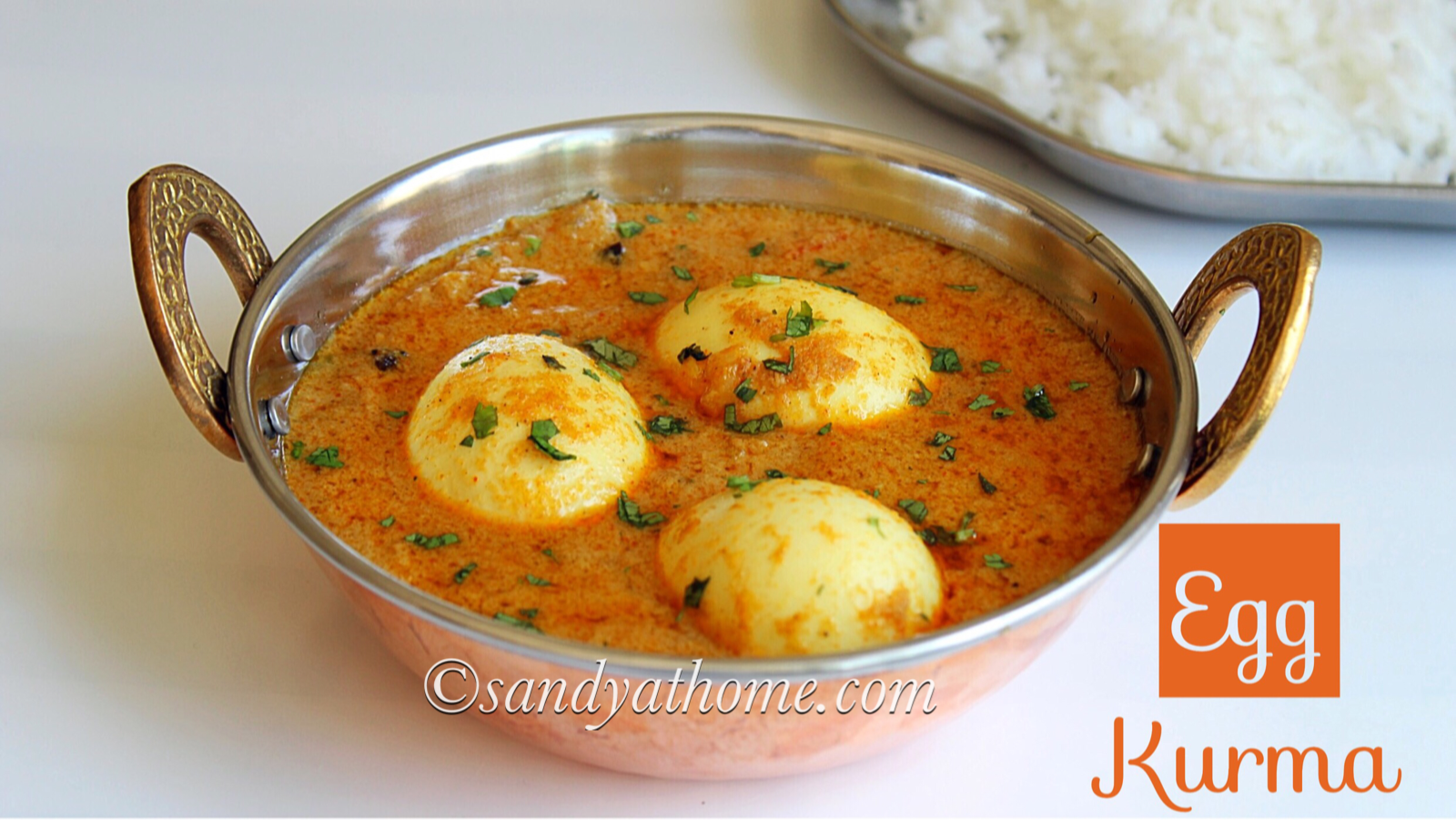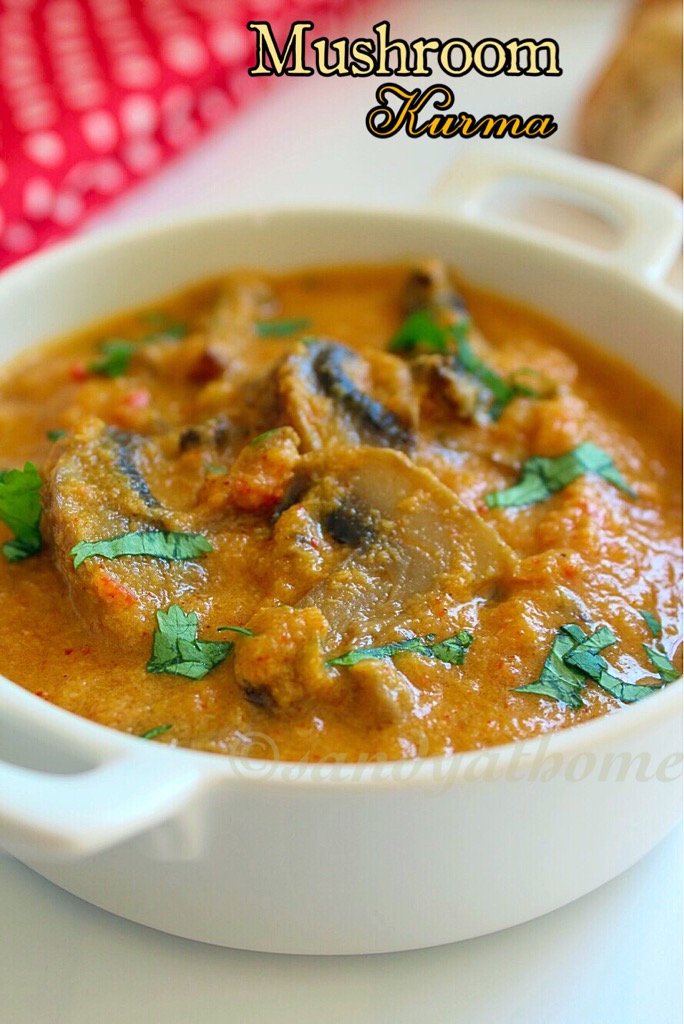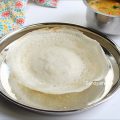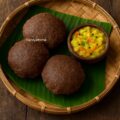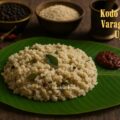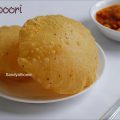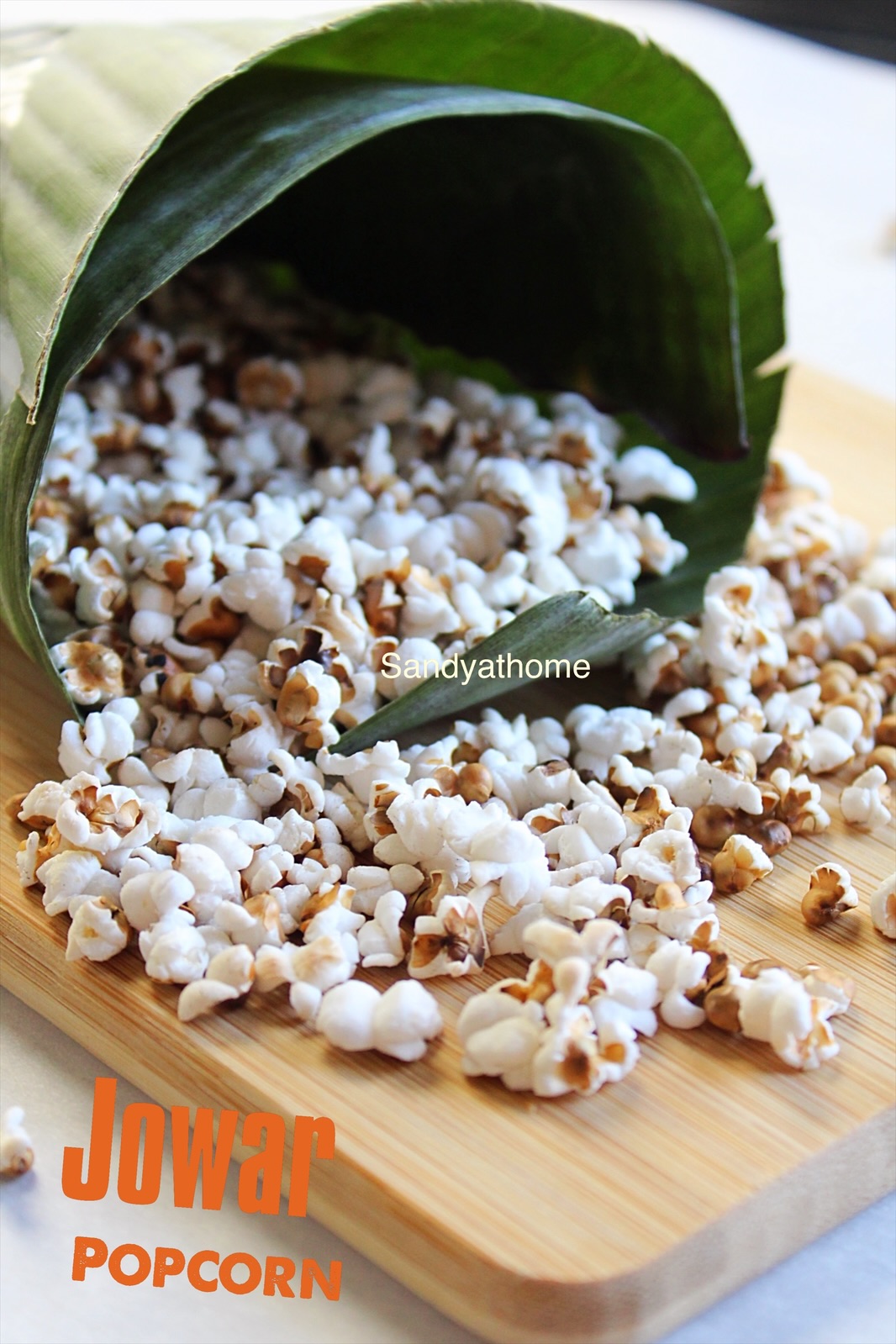Whenever I’m at home in Ambur, MIL makes this soulful muslim style veg/ vellai poosanikai paya — a thin, spiced coconut stew featuring ash gourd that gently melts into the gravy. It’s one of those dishes that never announces itself but always makes the meal feel complete.
⚠️ Copyright & Recipe Disclaimer
This Veg Paya (also called Muslim Paya, Vellai Poosanikai Paya, or Ash Gourd Paya) is an original family recipe from Sandyathome. Please do not copy, rewrite, or share this recipe or idea in any form. This content is protected and belongs to our family tradition. Kindly respect the originality and effort behind it.
Unlike kurmas that lean creamy or thick, this veg paya is light, loose, and brothy. A bit peppery, a bit sweet from the ash gourd, and deeply aromatic from the whole spices and sautéed masala paste. And yet — it’s incredibly gentle on the body, especially during hot days or postpartum months.
This dish reminds me that comfort doesn’t always come with rich gravies — sometimes it arrives as a quietly simmering ladle of muslim style veg paya on your plate.
Bite of History – The Quiet Story of Veg Paya
Paya was once a dish made with goat trotters, slow-cooked until the broth turned rich and full of flavor. But not every home cooked with meat all the time. So, many families — especially in places like Ambur — started making vegetarian versions of paya using everyday vegetables.
Ash gourd, or vellai poosanikai, was one of the most loved choices. It’s soft, gentle on the stomach, and soaks up spices beautifully. It gave the same comforting feel as the original meat paya — but with a light, homely touch.
This kind of paya may not be famous in restaurants, but it’s special in many homes. It’s the kind of dish grandmothers quietly made — especially during summers or after delivery — to show love, care, and comfort through food.
Jump to RecipeIngredient Roles – Muslim Style Paya
| Ingredient | Role in the Dish |
|---|---|
| Ash Gourd (Poosanikai) | Main vegetable – absorbs flavor and gives soft, melt-in-mouth texture |
| Onion | Base flavor and sweetness after sautéing |
| Tomato | Adds gentle tang and body to the gravy |
| Coconut (grated) | Makes the paya creamy and soothing without being heavy |
| Cashews | Adds natural thickness and subtle richness to the paste |
| Clove, Cardamom, Peppercorn | Warmth, depth, and light spice — key to paya aroma |
| Jeera (Cumin Seeds) | Earthy, digestive spice that balances the coconut |
| Saunf (Fennel Seeds) | Sweet aroma — pairs well with ash gourd’s gentle flavor |
| Star Anise (small piece) | Adds a soft, slightly floral spice note |
| Turmeric Powder | Natural color and earthy base spice |
| Coriander Powder | Gives body and a mild nutty flavor |
| Garam Masala | Final warmth and finishing touch to round off the flavor |
| Oil | For sautéing and blooming the spices |
| Curry Leaves & Green Chili | Optional, but adds freshness and slight heat (used in base sauté) |
| Salt & Water | For taste and adjusting gravy consistency |
| Coriander Leaves (garnish) | For freshness and a clean finish on the palate |
You May Also Like these Recipes:
Directions to make muslim Style Veg paya with step by step images
- Whole Spices to Coconut Paste
Dry roast whole spices like cumin, fennel, clove, cardamom, pepper, star anise, cinnamon, and cashew. Add grated coconut and grind everything into a smooth masala paste with water.
- Sautéing Onion and Aromatics
Heat oil and sauté sliced onions, curry leaves, green chilies, and ginger until golden and aromatic.
- Spice Powder Mix
Add turmeric, coriander powder and garam masala to the sautéed onions and mix well until masala coats evenly.
- Tomato Cooking + Blending
Add tomatoes and cook until mushy. Blend half of this onion-tomato masala with the coconut paste to give the gravy a smooth body.
- Ash Gourd Cooking and Gravy Simmer
Add chopped vellai poosanikai and 2 cups water to the remaining masala, cook till soft (around 8 mins), then add the ground paste and simmer until paya reaches desired thickness.
Pro Tips to make tasty Veg Paya / Ash Gourd Paya
- Chop poosanikai into long, thick sticks — this mimics the traditional paya bone shape and gives the dish an authentic feel.
- Don’t overcook the ash gourd — it should be soft but hold its shape to avoid turning mushy in the gravy.
- Grind the coconut paste smooth for a silky gravy. If you prefer a slightly thicker paya, add a few soaked roasted gram (pottukadalai).
- Use freshly grated coconut for best flavor. Frozen coconut works too, but thaw fully before grinding.
- A quick ghee tempering with curry leaves before serving lifts the flavor beautifully.
Serving Suggestion Veg Paya
- Serve this poosanikai paya hot with idiyappam, soft dosai, chapati, or plain rice.
- Leftovers taste even better the next day — gently reheat with a splash of water.
FAQs – Ash Gourd/ Vellai Poosanikai Muslim Paya
Yes, you can! Just skip the sautéed onion base and grind tomato with coconut, spices, and raw ginger. The paya will still be flavorful and suitable for vrat or sattvic meals.
Poosanikai paya is lighter, with a thinner, soupy consistency and fewer rich ingredients. Kurma is thicker, often uses dal or yogurt, and is heavier in texture. Paya is usually served with idiyappam or dosai; kurma goes well with parotta or rice.
Make sure your coconut paste is ground fine and include the sautéed masala while grinding — it helps bind the flavors. Simmer well after adding the paste and don’t skip salt adjustment at the end.
